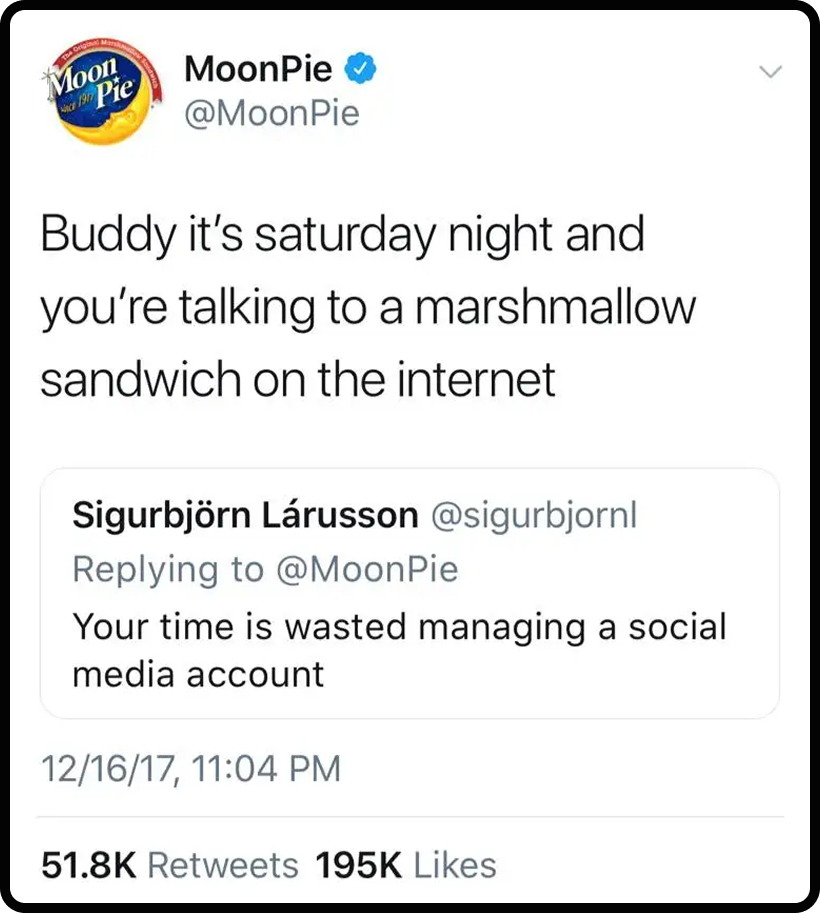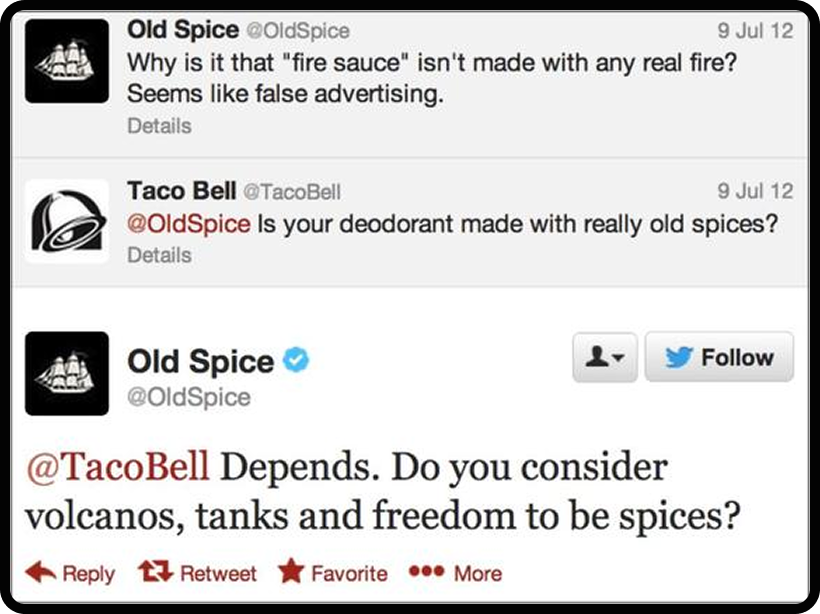If your brand’s social media feels about as exciting as a Monday morning meeting, it’s time to shake things up. Using humor in your social media strategy is like adding hot sauce to your food: it just makes everything better.
People love funny brands because they feel human. And guess what? Nobody remembers the company that just says, “Happy Friday!”—but they do remember that tweet about a painfully relatable moment.
Let’s dive into how humor can make your brand stand out (without getting you canceled of course).
Why Humor Works on Social Media
Humor isn’t just about making people laugh—it’s about making them feel something. And when people feel connected to a brand, they want to engage with it again and again. Here’s why funny content is your new best friend. It:
- Boosts Engagement: Social media platforms reward engagement, and funny posts get people liking, commenting, and sharing like crazy.
- Makes Your Brand Memorable: People forget generic posts, but they remember the ones that got them to chuckle, or at least blow air out of their nose.
- Creates a Sense of Connection: A good joke makes your brand feel real, like a friend, not a faceless corporation.
- Increases Shareability: Funny content spreads fast. Think about how quickly memes take over your feed.

What Kind of Humor Works for Brands?
Not all humor is a good fit for every brand—some industries demand a higher tone of professionalism. Here are a few styles that generally work well for brand voice in terms of humor:
1. Observational Humor
The classic “we’ve all been there” jokes. Think Seinfeld, but make it marketing.
Example: A coffee brand tweeting: “Our espresso shots are stronger than your WiFi signal.”
2. Self-Deprecating Humor
A little self-roasting can make your brand feel relatable, as long as it doesn’t make people question your competence.
Example: A social media platform posting: “We fixed a bug today. Not the one that ruins your life, but hey, baby steps.”
3. Pop Culture & Trending Humor
Hop on viral memes fast, or don’t hop on them at all. If you’re using a meme from last year, you might as well be posting in Comic Sans.
Example: A real estate brand using the “Is this a pigeon?” meme to poke fun at misleading listing descriptions.
4. User-Generated Comedy
Encourage your audience to create funny content for you. Nothing gets people talking like a good caption contest or challenge.
Example: A brand launching a “Caption This” challenge with a funny image (bonus points if it involves a cat).
How to Add Humor to Your Brand’s Social Media
1. Know What Makes Your Audience Laugh
Not everyone finds the same things funny. Some audiences love sarcasm, others love dad jokes. Just as with any other marketing effort, it’s vital to take the time to understand your audience and their particular sense of humor. Use performance metrics like engagement and audience demographics to figure out what works.
2. Stay True to Your Brand
Humor is great, but it still needs to make sense for your brand. A law firm cracking jokes? Risky. A fast-food chain roasting competitors? That’s more like it.
3. Match the Humor to the Platform
Though your brand voice should remain consistent at its core, keep in mind that the distribution channel can impact the method with which your message is delivered. Each social media platform has its own vibe:
- X (Twitter) is great for quick, punchy one-liners (though we have more room to get creative with anywhere from 280-10,000 characters).
- Instagram: Funny images and memes.
- TikTok: Hilarious videos and trends.
- LinkedIn: Humor with professionalism (it’s possible, trust us!).
While we’re talking platforms, remember that the best social strategy is more than just putting content out into the ether—engage with your audience with things like commenting and prompting users to interact with you.
4. Avoid Cringe & Controversy
Humor should bring people together, not make them cringe—or even worse, start an online war with your brand at the center. Steer clear of offensive jokes, outdated memes, or anything that could alienate your audience.
Note: There are ways to start a “good” controversy—think left Twix vs. right Twix. A controversy, yes, but all in the love of humor.
5. Test, Learn & Adjust
Just like in a stand-up set (or in real life), not every joke will land—and that’s okay. Marketing is an experiment, so test different types of organic and paid content and keep an eye on engagement levels to see what works best.
4 Brands That Are Killing It With Humor
1. Wendy’s: The Roast King
Probably one of the first brands to ever kick humor up a notch as part of their social strategy, Wendy’s Twitter/X account is legendary for its witty roasts. They’ve turned snark into a brand identity, and people love it.


2. Netflix: Funny & Relatable
Netflix is the king of observational humor, turning everyday streaming struggles into hilarious social media content. They’ll even throw in data from their own internal analytics every once in a while to remind their audience that their streaming habits are—well, anything but normal.

3. MoonPie: Weird, But Wonderful
MoonPie’s Twitter strategy is straight-up bizarre, but in a way that makes people want to follow them just to see what they’ll say next. Kind of like that one chaotic friend (everyone’s got one)—we as the audience are just along for the ride.

4. Old Spice: The OG of Quirky Ads
From funny, “how did they even come up with this” commercials to hilarious tweets, Old Spice leans all the way into absurdity (and it works!). We think of this as the “I’d kill to be a fly on the wall during their marketing meetings” mentality.

Final Thoughts: Time to Get Funny
Adding humor to your social media content isn’t just about cracking jokes and hoping something stick—it’s about making real connections with your audience. Whether you’re crafting hilarious tweets, jumping on viral trends, or using memes to spice up your marketing strategy, humor is a powerful tool to boost engagement and build brand love.
So go ahead: embrace your funny bone, try something new, and watch your brand’s engagement skyrocket. Just remember: if it feels forced, it probably is.
Need help making your brand funny without forcing it? At NoGood, we know how to craft humor-driven content that actually works. Let’s make ‘em laugh!






